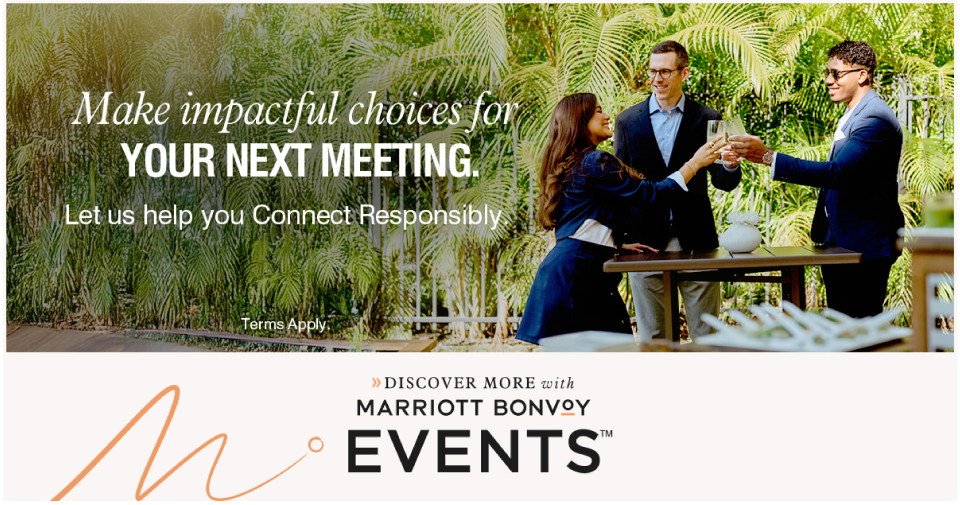The term “manel” describes panels where multiple men, usually white, are brought together to serve in a moderated conversation. Though the viewpoints, experience, opinions and style may vary, there is a cultural call to diversify the social identities (visible and otherwise) of those sitting in the chairs representing the topic at hand.
The solution is not saving one seat for a someone like me—a white, tattooed woman—or a man of color, but to intentionally vet topic experts, moderate a conversation between the panelists and the audience and draw out differences of opinion in a manner that equitably honors the complexity of all panelists so that the audience feels represented, learns something new and feels included. Here are some quick tips to aid in the development, promotion, moderation and audience involvement of diverse and engaging panels.
‘But there just aren’t qualified diverse people on this topic in my circle!’
This may be true, and this is more of a commentary on your circle and not the experience of those different than you. To have a diverse panel, both race and gender are important elements, as well as age, perspective and experience. Here’s how to make sure you are pulling together a diverse panel.
- First, start with your realm of influence—those you have immediate access to. Ask them to come up with a wide variety of people that agree and disagree with their perspective. Once you review their suggestions, pick a few that are visibly different and ask them to do the same. The audience will need visible difference as well as a variety of opinions.
- If you need quantitative metrics, use similar percentages of those in the audience or in the field of inquiry.
- Post a public call for panelists in a wide variety of venues, including ones that you don’t frequent, to get “fresh faces” and “new perspectives.” These phrases are often code words for panelists of color, younger options and women. If that is what you are looking for, ask for it.
- Even more importantly, ask, “Who do you want to hear from?” to the panelist options, as well as public forums.
PCMA has pulled together a resource called Pass The Mic, which is a listing of diverse speakers and is a starting place. Try your own relevant directories, websites and community groups, too. Once you get the suggestions, vet each person by experience, perspective and world view, as well as social identities such as race, age, gender, sexuality, political or religious affiliation, ability, tenure in the market, visibility, popularity and the like.
We got one (or two)!
When promoting the moderated panel, it is imperative that your focus remain equitable and inclusive. Pulling together a diverse panel and moderator is one thing, but promoting the session as well as delivering the program is another.
- Use caution to not tokenize any of the people involved with the panel program by reducing them to one element of difference. Moreover, when posing questions, don’t ask one person one question because of these identities and not another person. For example, you don’t want your program to sound like a joke: “A blind white guy, an Asian boomer woman, a black Millennial lesbian and a Jewish transman with a British accent walk onto a stage.” These folks should be pulled together to have a robust conversation about a topic from different perspectives.
- It is also important to not only utilize the woman’s voice regarding pay equity, or a boomer about retirement or a person of color about racism, but mix up the questions and panelist identities to dig deeper into their experience and increase their panel voice.
- The moderator and panelists must be diverse, share equal respect and honor for being on stage and included in a conversation.
As a moderator, I always ask each panelist, “What is the one point you want to make sure gets stated on the panel?” This way I know what will make each panelist feel they were heard while also managing the time for everyone to share the stage time during the program. Good conversations can get messy, and this can happen before the event, back stage, on stage and afterwards. Plan accordingly and the panel will be interesting and engaging!
‘That was so much better than a talking head!’
Where a moderated panel can seem like a lot of work up front, there is a big payoff at the end. If you have three to four panelists and a moderator, don’t forget the fifth participant: the audience.
Brian Walter’s Extreme Training podcast gives GREAT tips on how to moderate and engage the audience while also managing time equally for all panelists. Using a hashtag and having someone else monitor social media can also bring more questions and perspectives to the conversation from and for a wider audience. Pulling together a wide variety of folks to have a structured, timed discussion can be stressful, and a professional facilitator can make it look easy.
- Strategically choose a panel and moderator to engage an audience and rescue all parties involved from “drowning in more content,” says Sarah Michel of Velvet Chainsaw, “by being sense-makers.” Michel’s concept of “sense makers” leads to all participants—those on stage, in the audience in person and watching via live stream video or social media discussion—to feel a part of the program’s intentional context.
- All parties can feel that they belong in this conversation, that their values and ideas are being heard and represented. Real learning happens when those involved feel valued and that they belong.
MPI leads the charge in the meeting industry to increase intentionality and not settle for the easy or accessible yes. Associations in our industry are beginning to have more intentional conversations about representation, connection and learning because there is a direct correlation to a sense of belonging and attendee retention, member participation and positive word-of-mouth marketing about the organization.







